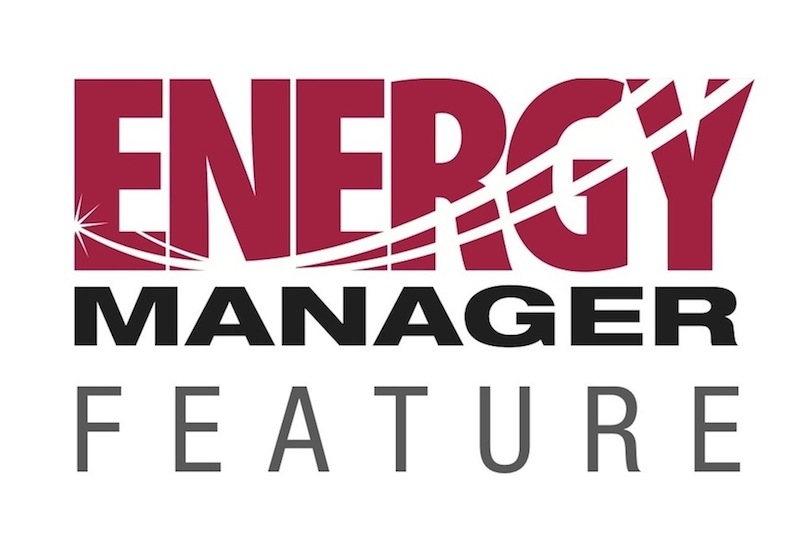
Industrial
News
Saving energy in industrial refrigeration is good business
June 25, 2014 - Many companies today are focused on energy savings; of those, many believe energy savings in industrial refrigeration are expensive and unaffordable. In fact, investing in energy savings for the refrigeration plant is very profitable, but it requires the right approach.
June 25, 2014 By Sergei Khoudiachov

The energy-saving process for industrial refrigeration comprises two major parts.
1. Optimizing refrigeration plant operation
2. Capital investment in energy-saving equipment (e.g. PLCs, VFDs)
Let’s have a look at typical energy-saving project with total investment of $200,000, with annual savings of $100,000 (Figure 1, bottom).
Modest investments in refrigeration plant optimization give us significant energy savings and a very short payback period—just two years. Energy-saving equipment itself can save up to $20,000. Usually, these savings come from VFDs. A PLC by itself will not save energy, but will give us the opportunity to implement better setpoints and operating strategies, then additional energy savings can be achieved through optimization.
Many companies claim they have modern refrigeration plants with energy-saving equipment, but these pieces of equipment are just tools—use the tools differently, and you realize varying energy savings.
Typical versus cost-effective approach
Let’s compare a typical approach to a cost-effective approach for saving energy in industrial refrigeration.
Usually, companies first buy energy-saving equipment (e.g. PLCs, VFDs) then later try to improve operating setpoints and strategies. The typical payback with this approach is two to five years. When they are unsuccessful at improving setpoints, the payback may be 10 or more years. Limited improvement in operating setpoints is the main cause of unsuccessful investments in industrial refrigeration energy efficiency.
Cost-effective investments, meantime, can be done in several steps:
Step #1 – Improve operating setpoints and strategies of your refrigeration plant to the level where you need capital investment to continue improvements. Initial optimization can save you $80,000, requiring $20,000 of investment. The payback of this step is three months. Optimizing refrigeration plant operation is the most cost-effective way to save energy.
Certainly, every new approach or technology should be tested. To test PLCs or VFDs, you first have to buy them at 100% the price. Should you be unsatisfied with the performance of this equipment, you cannot return it. Instead, first invest in a few energy-saving measures; test them and verify achieved energy savings. When you are satisfied, invest in full operation optimization.
Step #2 – At this step, you buy energy-saving equipment with the shortest payback.
Let’s say you decide to invest an additional $20,000 in energy efficiency for the plant. The purchase of the condenser fan VFD will give you a five-year payback. The purchase of the oil pump for a screw compressor will give you a one-year payback. Certainly, it is better to first invest in the oil pump.
Every company can, at the very least, invest in optimizing their refrigeration plant operation and see a return on investment. When done right, saving energy in industrial refrigeration is good business.
*************
The owner of S K Energy Consulting, Sergei Khoudiachov, M.Sc. (Eng.) possesses over 30 years of international experience in operating and optimizing industrial refrigeration plants.
Print this page